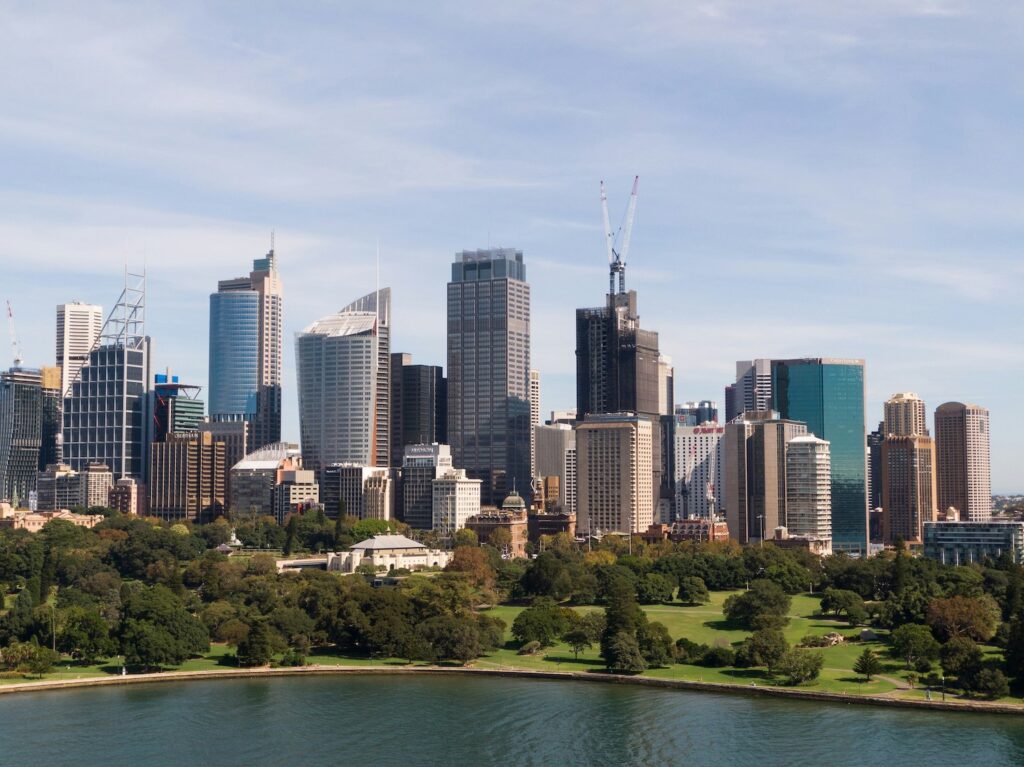If you have had a visa application refused or a visa cancelled while you are in Australia, you may be affected by the section 48 bar under the Migration Act 1958 (Cth). This section of the Act prevents certain applicants from applying for another visa while remaining in Australia, which can significantly impact and limit their migration options. Understanding how section 48 works, when it applies, and what exceptions exist is crucial for anyone navigating Australia’s immigration system.
Key Takeaways
The section 48 bar applies to individuals in Australia whose visa application has been refused while holding a non-substantive visa, and individuals who have had their visa cancelled.
It restricts them from submitting certain visa applications onshore.
There are exemptions, including specific visa subclasses and ministerial intervention requests.
Understanding whether the bar applies to you is essential for planning your next steps.
Legal advice can help you determine your options, including offshore applications or appeal pathways.
What is the Section 48 Bar?
Section 48 of the Migration Act applies to non-citizens who are in Australia and have had a visa refused while holding a bridging visa, or had their visa cancelled while in Australia. Once section 48 applies, the person is barred from applying for most other visas while remaining in Australia.
Example: A skilled visa applicant applies for a 482 Skills in Demand visa, but their application is refused after their bridging visa became active. Because they are still in Australia and their visa was refused, they are now subject to Section 48 and cannot apply for another subclass 482 visa onshore.
Visa Exemptions to the Section 48 Bar
While the Section 48 bar restricts many visa applicants from applying onshore after a visa refusal or cancellation, certain visa subclasses are exempt. These include bridging visas, protection visas, partner visas, and medical treatment visas, amongst some others.
A significant change introduced on 13 November 2021 expanded these exemptions to include certain skilled visa categories, allowing eligible applicants to apply for:
Subclass 190 – Skilled Nominated Visa
Subclass 491 – Skilled Work Regional (Provisional) Visa
Subclass 494 – Skilled Employer Sponsored Regional (Provisional) Visa
However, while these visa types are exempt from the Section 48 bar, they still have strict eligibility requirements. Your visa status at the time of lodgement may trigger additional conditions that must be met, or in some cases, prevent you from making a valid visa application altogether.
Given the complexity of these requirements, it is essential to seek professional legal advice to assess whether you meet the conditions for an exempt visa application and to explore the best strategy for your circumstances.
Substantive vs Non-Substantive Visas
A substantive visa is any visa other than a bridging visa, criminal justice visa, or enforcement visa. Examples include student visas, skilled visas, and partner visas. Holding a substantive visa provides greater flexibility in submitting a new visa application.
A non-substantive visa typically refers to bridging visas, which allow temporary stay while a new visa is being processed or an appeal is underway. If you hold a non-substantive visa and have had a visa refused or cancelled, you may be subject to the Section 48 bar, restricting you from applying for many visas while onshore.
How to Overcome the Section 48 Bar
If you are subject to the Section 48 bar, there may still be options available to continue your Australian visa journey. Depending on your circumstances, this could include applying for an exempt visa onshore, or exploring offshore lodgement pathways. Understanding the specific requirements and restrictions that apply to your case is essential in determining the best course of action.
Can I Appeal a Refusal or Cancellation?
The Section 48 bar does not prevent you from appealing a visa refusal or cancellation if you have review rights with the Administrative Review Tribunal (ART). If the decision is reviewable, the tribunal will review the decision based on the evidence and arguments presented. In some cases, alternative pathways may also be available depending on your visa status and circumstances.
Can you Travel Overseas to Bypass the Section 48 Bar?
Yes, leaving Australia and applying for a visa from offshore may be an option. Your visa status when you leave Australia may also form an obstacle, if you are subject to a re-entry ban. This depends on the visa type and whether an offshore lodgement is permitted. However, travelling overseas and returning to Australia does not remove the Section 48 bar. If you return on a bridging visa, the bar will still apply, preventing you from lodging a new visa application onshore. You must hold a substantive visa to allow for an onshore application if you were previously refused a visa onshore.

